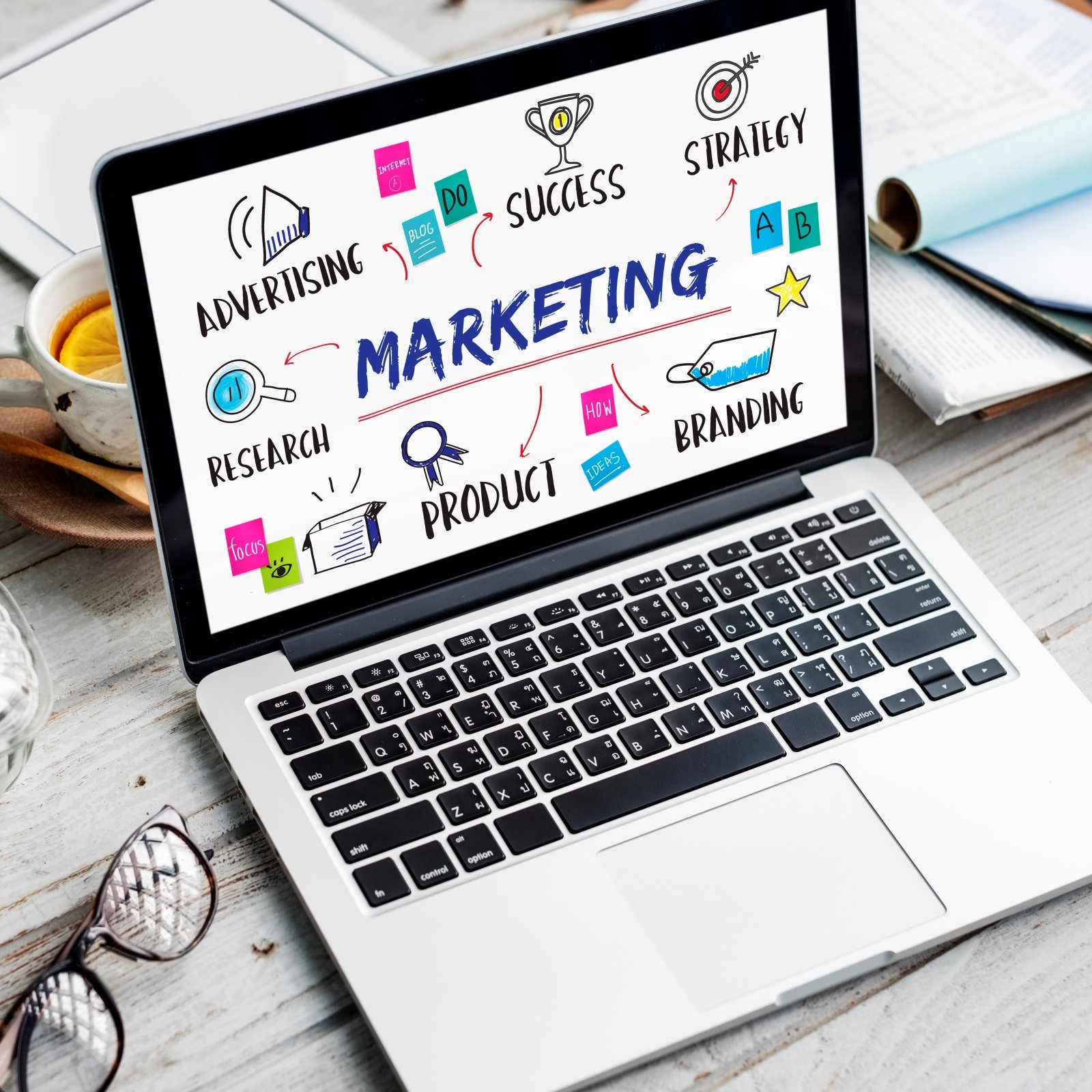

28 July 2025
Marketing
Branding
By the time your doors open, you’ve likely spent a small fortune on shopfitting, signage, stock, equipment—and every possible physical asset you think will wow customers. But here’s the uncomfortable truth: A beautiful store without a bold brand is like winking in the dark. You know you’re doing it. No one else does.
The difference between a business that thrives and one that fades quietly into the background often lies in one thing: marketing. Not the random, occasional social media post or panic-discounting when sales dip—but a consistent, creative, emotion-driven campaign that turns strangers into loyal fans.
Welcome to Part 3 of launching a successful business: Make your business sexy.
In today’s digital-first, experience-driven economy, your most powerful asset isn’t your product. It’s your brand image. That includes the emotions, trust, and reputation that people associate with your business. This is your brand equity, and it’s the most valuable thing you’ll ever build.
Think about the early stages of dating someone you really liked. You went out of your way to impress, connect, and keep them interested. That’s marketing. And great marketing is not just a science—it's an art. It taps into psychology, culture, desire, and storytelling.
Every major global success story—whether it’s Nike, Nando’s, Apple, Coca-Cola, or Netflix—owes much of its dominance to world-class marketing. Their product may be excellent, but it’s the romance with the customer that keeps the money flowing.
And yet, South African businesses continue to underinvest in marketing. While the U.S. averages around 5% of turnover spent on marketing, South African businesses average only 1.8%. Worse, when times get tough, marketing is the first budget line slashed—when it should be the last.
Rule #1 of successful entrepreneurs: Be an aggressive, intelligent, creative marketer.
Let’s break down the key elements of a powerful marketing machine:
1. Advertising: The Attention Game
Your ads need to do more than look nice—they need to spark action. Apply the AIDA formula:
• Awareness: Capture attention (think bold visuals or headlines).
• **Interest: **Tease the value or benefit.
• Desire: Make them want it (emotional triggers, FOMO).
• **Action: **Tell them exactly what to do next.
But avoid “clever” ads that get laughs but leave people clueless about your product. Memorable is good—memorable and meaningful is better.
2. Sales Promotions: Don’t Just Slash Prices—Add Value
Sales promotions work best when used strategically, not just during slumps. Instead of relying on discounts, create value-added offers—bundles, loyalty rewards, limited editions.
3. Public Relations (PR): Get Talked About
Advertising is what you pay for. PR is what you pray for.
A strong PR strategy gets your story out through media, influencers, podcasts, or business blogs. The key is credibility—when someone else tells your story, people are more likely to believe it.
4. Direct Marketing: Go Straight to the Source
Whether it’s personalised email campaigns, SMS alerts, or good old-fashioned phone calls—direct marketing puts your message in the hands of real prospects.
Even more importantly, keep in touch with your existing customers. Retention is cheaper than acquisition. A birthday discount or a simple check-in email can go a long way.
5. Personal Selling: High Touch, High Impact
If your product or service has a high price point or long buying cycle, face-to-face selling still works. A direct meeting or Zoom call with a key decision-maker can close big deals faster than months of passive marketing.
6. Distribution: Make Sure the Product Is Always There
Fancy marketing means nothing if customers can’t find your product or your shelves are empty. A modern distribution plan includes e-commerce, delivery, and retail availability. You need to be where your customer expects you.
7. Merchandising: Turn Shopping into an Experience
In today’s world of “shoppertainment,” how your store or website feels matters as much as what you sell. Use music, lighting, layout, signage, and digital displays to make shopping fun and immersive.
8. Packaging: Your Silent Salesperson
Your packaging should reflect your brand personality. If your product is eco-conscious, make sure the packaging looks the part. If your brand is premium, the box should feel luxurious. Functional, beautiful packaging sells itself—especially on Instagram.
9. Brand Consistency: Everything Must Speak the Same Language
From your logo to your website to how your staff greets customers—consistency builds trust. Use the same tone, colour scheme, messaging, and values across all channels.
Think of your brand like a person. Would you trust someone who changes their identity every week?
10. Customer Experience & After-Sales Care: The Love Language of Loyalty
Great marketing doesn’t stop at the sale. Your after-sales service is where real loyalty is earned. Under-promise, over-deliver—and fix problems fast. Make customers feel valued, not just sold to.
If you want a thriving business, don’t wait for customers to find you. Go out, dazzle them, woo them, and earn their loyalty.
Remember: Every Instagram post, radio ad, T-shirt, email, receipt, business card, store display, delivery bag, staff uniform, TikTok video, thank-you message, and playlist is an opportunity to express your brand—and seduce your customer.
Make it count. Make it sexy. Make it unforgettable.

Is your business ready to expand but unsure of the next steps? At Franchising Plus, we specialise in guiding businesses through strategic growth, offering tailored franchising solutions and expert advice. With over 40 years of combined experience, we understand the unique challenges you face and are here to help you navigate them successfully.